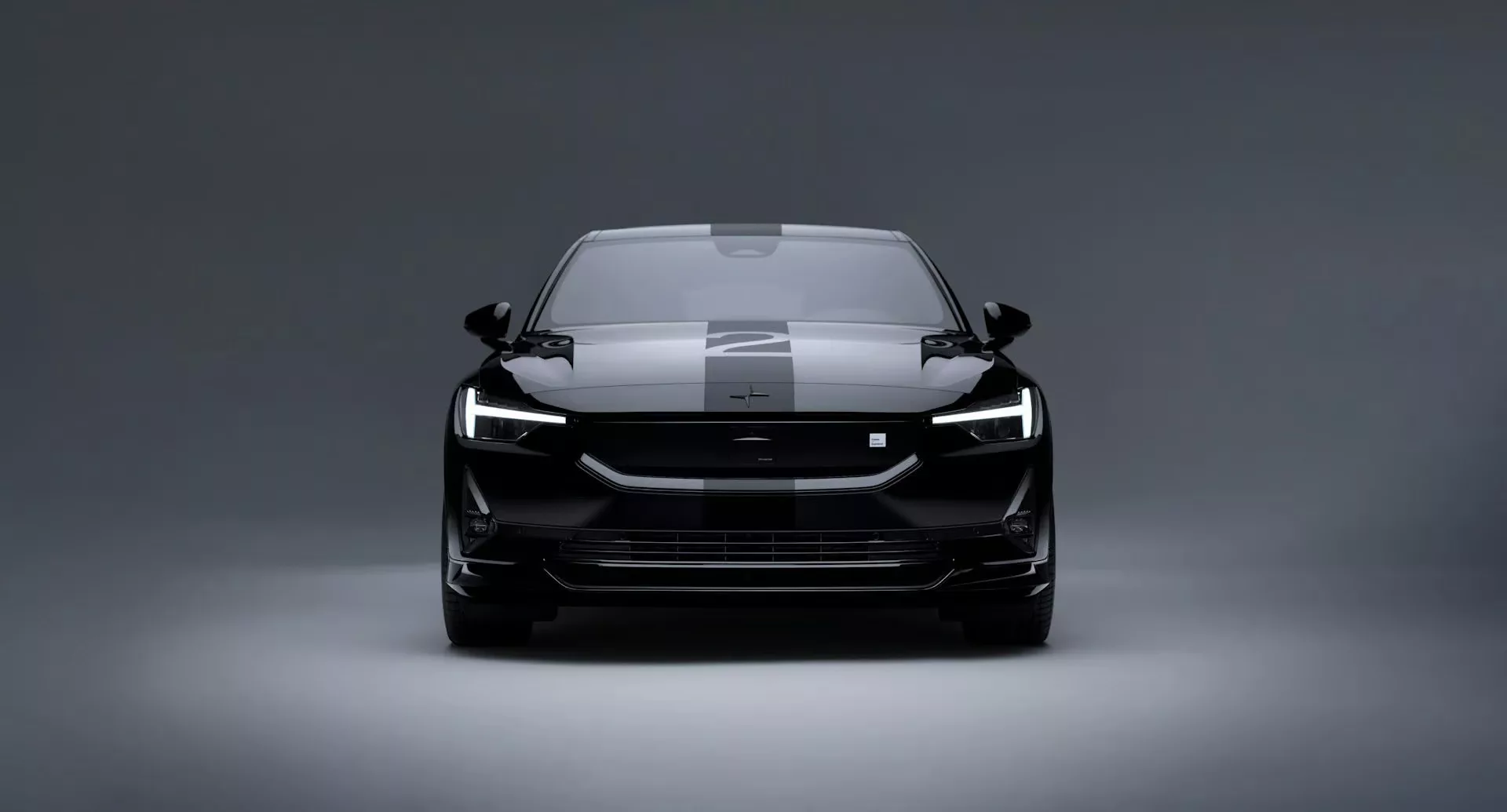In the electric vehicle (EV) landscape of Sweden, plugin EVs experienced a mixed performance in February, capturing 51.8% market share—a slight decrease from the 54.0% recorded in the previous year. Although the sales volumes for battery electric vehicles (BEVs) dipped, plugin hybrid electric vehicles (PHEVs) noted an uptick. The Tesla Model Y emerged as the month’s top-selling BEV amidst a total auto volume of 18,773 units, reflecting a modest year-over-year growth of approximately 2%.
BEVs and PHEVs Market Split
The Swedish EV market is composed of full BEVs, which held a 27.8% share, and PHEVs at 24.0%. This contrasts with the slightly higher combined share of 54.0% in the same month the previous year, with 33.2% accounted for by BEVs and 20.8% by PHEVs.
Decline in EV Volumes
February saw a 15% reduction in BEV volumes compared to the prior year, tallying 5,211 units, which was nearly 900 units less than last year’s numbers. Major automakers like Volkswagen Group and Stellantis felt significant declines, collectively responsible for most of the year-over-year volume drop. Similarly, the contributions from BMW Group, MG Motor, Hyundai Motor Group, and Mercedes Group were also reduced, albeit to varying extents.
In the midst of declining numbers for these manufacturers, some brands like Tesla and Volvo/Polestar saw a rise in their BEV sales. Interestingly, Tesla’s sales more than doubled year-over-year by an additional 1,030 units, and Volvo/Polestar observed a roughly 25% increase. Toyota Group, starting from a lower baseline, showcased a dramatic growth of nearly 400%.
Swedish Market Trends
While some speculate on issues of market dependency on subsidies or temporary logistical setbacks, the reasons behind these diverging trends remain open for discussion. In parallel, diesel’s market share continues its descent, falling from 10.9% a year ago to only 8.4% this February.
Sweden’s Best Selling EVs
The Tesla Model Y led the charge as Sweden’s best-selling BEV for February, followed by the Volvo XC40. Meanwhile, the new Volvo EX30 made an impressive entry, clinching third place shortly after its debut. Despite the competition, Volvo and Polestar secured positions from #2 to #5. Brand new EV entries like the Zeekr 001 and Peugeot e-308 also made their mark this month, broadening the array of options for Swedish consumers.
Fleet Evolution and the Need for Affordable BEVs
The evolutionary pace of the plugin fleet has been lethargic over the past four years. At the end of 2019, plugins held just under 2% of the market, with BEVs at 0.62%. By the end of 2023, the plugin share increased to 11.33%, with BEVs making up 5.86%. However, this growth slowed from the previous year, suggesting the need for more affordable BEV options in Europe, especially as BEV prices continue to rise, despite the potential to produce cost-effective models based on low LFP cell prices.
Outlook Amidst Economic Uncertainty
The Swedish economy continues to face challenges, experiencing a slight contraction and worsening inflation. Interest rates remain stable, and there’s a hint of improvement in manufacturing activity. Mobility Sweden, the nation’s auto industry body, calls for government interventions to bolster the electric car market for private consumers to ensure that the electrification momentum does not reverse.
